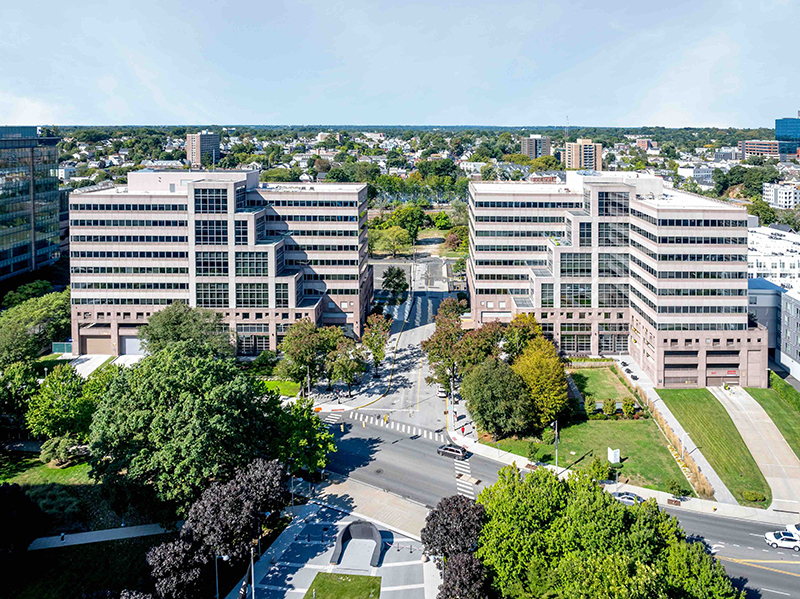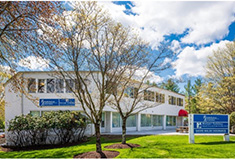News:
Connecticut
Posted: March 20, 2008
The path to responsible growth in Conn. lies in brownfield redevelopment
2007 was a stellar year for Connecticut brownfields. With Public Act 07-233, a new momentum for redeveloping the state's brownfields began. New programs were created for new and existing property owners, liability relief was extended, eligible sites and end-uses were broadened, and a new organizational structure to streamline brownfield assistance was created. And, the state (through the commissioner of economic and community development) is currently undertaking a nationwide search for a director of its freshly minted Office of Brownfield Remediation and Development. Coupled with the initiatives towards responsible growth, the state is sending a strong message to developers, that brownfield redevelopment is important public policy.
Events during February 2008 underscore the types of policy reforms that are taking place and that need to occur in order for the state to tackle the challenges posed by brownfields. Both the state Task Force on Brownfield Strategies and the Responsible Growth Task Force submitted their respective reports to the Connecticut General Assembly on February 4 and 28, respectively, and each made recommendations for new legislation on both fronts.
The Responsible Growth Task Force was charged in 2007 to identify responsible growth criteria to help guide the state's future investment decisions and to study land use laws, policies and programs, including those concerning the transfer of development rights. In its report, the Responsible Growth Task Force urged the governor to adopt a definition of responsible growth and direct that all state and quasi-public agencies use this definition as criteria that will guide decision making for, among other things, state funding. While developing a consensus on what is "responsible growth" may trend toward vague philosophical debates, the task force's first recommendation was exceptionally clear and pointed: to "focus on redevelopment". They urged reuse and rehabilitation of existing infrastructure and recommended the revitalization of Connecticut's central cities as infrastructure and economic and cultural activity is already present. Clear and unequivocal, the task force recommended that preference be given to redevelopment of brownfields, and preservation and reuse of historic structures.
Another significant recommendation to promote responsible growth development is the proposal for "Community Benefit Agreements". These agreements would be entered into between the developer and the municipality and could address off-site developments or improvements, impact fees, tax increment financing, transfer of development rights or credits and other items of local concern. They recommended that projects of regional significance should be prioritized, regional coordination of consistency in planning between all levels of government should occur, and model municipal zoning regulations to encourage and facilitate responsible growth be developed. What these goals all have in common is that, at base, the path to responsible growth lies in encouraging brownfields redevelopment.
The Brownfields Task Force, reauthorized in 2007, continued to evaluate options to stimulate economic investment in brownfield properties in the state. Consistent with where it left off in 2007, it continued to look at the role of tax credits, environmental insurance and liability issues, and it looked back at the modifications enacted in 2007. Hearing the cry of the development community as well as the municipalities and the non-profit economic and community development corporations, the Brownfield Task Force in 2008 offered a number of concrete recommendations to the legislature. First, a successful brownfield redevelopment program has at its core either robust funding programs or tax credits. One is about cash flow; the other is about return of investment. The task force continued to urge that sufficient, meaningful funding be made available through streamlined programs. To balance funding, the development of a complimentary tax credit program was recommended. Second, the task force pressed for additional staffing of the Office of Brownfield Remediation and Development, which has taken shape and will be the "one-stop" shop for brownfields redevelopment. And, the task force acknowledged that site access should be permitted on certain sites, without the specter of liability, so that characterization could occur and the associated costs carefully considered.
Both task forces have identified the key to successful development in Connecticut: look at brownfield sites. While the state may be continuing to develop and enhance its programs and regulatory structure, the time is right for brownfield redevelopment even in these challenging economic times.
Ann Catino is a partner and chair of the Environmental and Land Use Practice Group at Halloran & Sage LLP, Hartford, Conn. She serves as co-chair of the state's Brownfield Task Force.
Tags:
Connecticut
MORE FROM Connecticut
CBRE brokers sale of Stamford Towers - 326,468 s/f Class A office
Stamford, CT The CBRE team of Jeff Dunne, Steve Bardsley, and Travis Langer, in collaboration with David Block, completed the sale of Stamford Towers, located at 680 & 750 Washington Blvd. CBRE represented the seller, CBRE Investment Management, and procured the buyer, a joint venture of Lamar Companies

Quick Hits










.png)